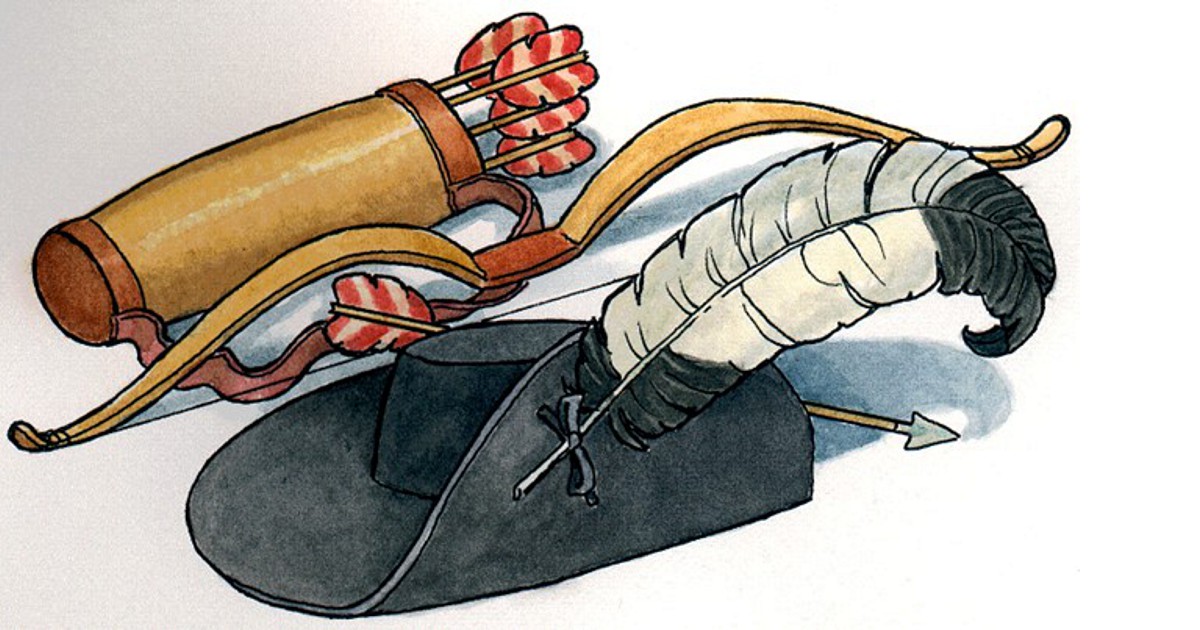My last few posts drew excerpts and scenarios from the fictional story of Pete Leonard in Moose on the Table: A Novel Approach to Communications @ Work. Pete’s story showed how he avoided, discouraged, and finally encouraged courageous conversations. These difficult discussions identify and address the problems that are reducing a team or organization’s effectiveness. This calls for strong leadership to both speak and up listen.
Many managers believe they have an “open door policy,” are approachable, and foster open discussion and debate. But often, they mistake silence and the lack of problems being raised as signs they don’t have big moose issues in their team or organization. Frequently, the manager’s assertive and domineering style is the moose.
An Exercise to Exorcise the Moose
This moose-hunting approach follows the process described in “How to Vision Your Ideal Team or Culture.” The goal is to address the biggest barriers to reaching the leadership team’s ideal state. Unless a leadership team is exceptionally open and extraordinary (in the top 10%) already (which means 90% aren’t), most team leaders don’t realize how their authority, style, or the group’s team dynamics stifle conversations about what’s really going on.
This process is designed for a neutral facilitator to use:
Each participant writes down up to three “moose” issues the leadership team needs to address if their vision of the ideal future is going to move from dreaming to implementation.
Only the facilitator sees these notes, shuffles them, and reads the notes to a few scribes from the group who summarize (some moose descriptions are quite detailed) and rewrite the issue on Post-It-Notes to protect anonymity/openly airing issues and put the focus on the message not the messenger.
The Post-It-Notes “moose” are clustered/grouped into themes and given titles through whole group discussion. Then, each cluster is numbered (can get as high as 12 moose)
Each participant hands in his or her secret ballot vote for the top moose by writing three cluster numbers on a piece of paper only seen by the facilitator.
Three or four moose will inevitably get most of the votes.
Sub-groups are then formed around each issue. Their task is to identify what they feel the core or root issue is, brainstorm possible solutions, and bring back their recommended actions to the larger group.
Time and again we see the power of this process to foster real — and courageous conversations — that surface issues and obstacles to be addressed.
Do-it-yourself variations include using anonymous tools like Survey Monkey, anonymous polls in virtual meeting platforms, or meeting software connecting phones/tablets/computers to presentation slides and displaying anonymous results for the group to see in slides.
On the Hunt: Pathways and Pitfalls to Reduce the Moose
In their Harvard Business Review article, “Can Your Employees Really Speak Freely?” James Detert and Ethan Burris identify “a fear of consequences for speaking up and a sense of futility” as the main barriers to open communication. Here are some ways to overcome those common team dysfunctions or moose inducing culture:
Potential ways to play with the Moose-on-the-Table approach:
Give everyone on your team a little toy stuffed Moose to put on the table when initiating courageous conversations.
Hold a Moose hunting retreat/meeting and give everyone Moose hunting T-shirts or vests.
As a meeting participant, you might frame an issue with, “I’d like to put a little Moose-on-the-Table…”
When leading a discussion, ask, “Is there a Moose-on-the-Table we need to talk about?” or “Am I smelling a moose around here?”
Brainstorm potential Moose issues by asking for ideas on the “dumbest things we do around here,” “biggest barriers to reaching our goals,” “major implementation issues we need to address,” “pet peeves,” “dumb rules and forms,” “things that drive you crazy,” or the like.
List each point. Cluster the similar points until you have 5 – 7 major groupings or clusters. Identify those things you or your team directly control, can influence, and don’t control at all. Prioritize the things you control and get ideas/volunteers/plans to address them. Do the same for things you can influence. Discuss how you can all accept and let go of the things you can’t do anything about.
Get a facilitator outside of your team to run focus groups, conduct confidential interviews, or do a survey of your team or organization to identify and prioritize Moose issues.
When you’ve made a mistake, admit it. Talk about what you’re going to do to correct it.
As leader, when you’re trying to build a team consensus or get the team’s input, hold back your opinion until you’ve heard from everyone.
Use 360 feedback to get unfiltered feedback from direct reports, peers, your boss, and other key internal or external partners or customers.
These can be three powerful feedback questions: What should I/we keep doing? What should I/we stop doing? What should I/we start doing? Ask these questions at meetings/retreats, after you’ve completed a performance review with a direct report, during operation reviews, informal chats about how things are going, breakfasts/lunches with team members, etc.
The worst thing you can do is ask for input to identify Moose issues and then not deal openly and effectively with them. You’re better off to not ask if you aren’t going to follow-through. Follow-up to see if team members feel you have done all you can to address it.
Do you have a moose problem? Take our short quiz to do some moose hunting. Do you have an open door and closed mind? How do you know? That’s the critical question. Many leaders suffer from optical delusion. They can’t see the moose because people aren’t speaking up, pushing back, or giving honest feedback.
Silence creates blissful ignorance…until big problems seem to pop out of nowhere — like a moose crashing through your car’s windshield as you’re driving through the fog.
